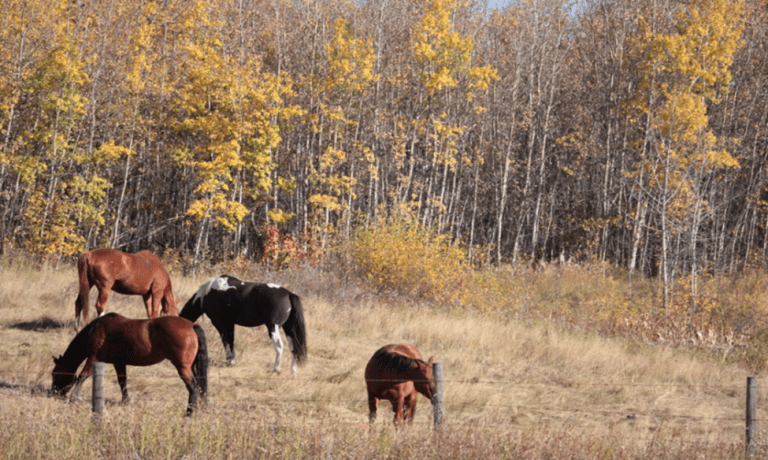A systems analysis of what sunlight does when it is passing through our atmosphere and how our eyes perceive it when pertaining to rainbows and sunsets.
- If certain conditions are met certain types of rainbows will occur.
- Why do we get certain types of double rainbows and the difference of a twinned rainbow?
- The specific conditions of supernumerary rainbows from NASA.
- Sunset conditions and a time stamped before and a after picture that reveals color changes.
- How the sky can be seen blue or even red by way of the Rayleigh scattering effect.
- Systems are working around you at all times to make beautiful things. See how the principles relate.

Whether it be a mist from a waterfall, or random geyser blowing off due to geothermal pressure, a glimpse of the prism spectrum at work live in nature is sure to catch a glance. Things sometimes barely visible to the naked eye become apparent when the correct conditions are met.
Timing is of the essence if one wants to work with nature’s rhythms. When the reflected rays of the sun pass through these molecules in the sky different phenomena are displayed.

There is a bright primary rainbow (red at the top, purple underneath) and some distance above it another much fainter double rainbows are sometimes seen where the colors are reversed.
Secondary rainbows are formed by light which has been reflected twice inside the raindrops. After two reflections, the violet light makes a larger angle with the horizontal at the observer’s eye than does the red light.

There are twinned rainbows made from a body of water on the ground reflections being cast through the droplets of water in the air. There are also different rainbows due to the shapes and sizes of the droplets.
“Supernumerary Rainbows only form when falling water droplets are all nearly the same size and typically less than a millimeter across,” NASA said. “Then, sunlight will not only reflect from inside the raindrops, but also interfere.”

This analysis is to note the correct principles being met in order to create these spectrums of light and the way it meets your eye. At one moment things are like this and then after a slight change they can display completely different.

Only 4 minutes later, and a slight viewing disposition, being on the north side of the small ballpark, has drastically changed the colors of the spectrum by being reflected through the lower-level atmosphere. At times refracting light from beyond the horizon and it passes heavily through particles that disappears the blue light of the spectrum completely. Transforming from one coloring of a sunset to another in only a matter of minutes.

Visible light from the sun is scattered as it travels through the Earth’s atmosphere, which is mostly oxygen and nitrogen. The shorter wavelengths of blue and violet light are scattered more effectively than longer wavelength reds and is why the daytime sky looks blue to the human eye. At the Monash University, astronomer Duane Hamacher said the sky’s color was the result of a process called Rayleigh scattering, an effect from quantum mechanics.

When the sun is lower in the sky closer to dawn and dusk, sunlight must travel through a greater distance of the atmosphere, having the blue light dispersed by the time sunlight reaches your eye.
This longer distance creates the darker red/orange glow of the rising or setting sun and the accompanying colors of the sky. This same set of conditions is a part that creates the phenomenon yielding red and yellow rainbows.

The time of the year is a factor in these fantastical sun sets. For example, in the eastern half of the US, late and winter are the season’s best for this. Because the normal weather patterns usually result in a clean and clear lower atmosphere.
With all things, one being in a space to take action at the right time to experience these concepts is something to build on. All systems in our universe function and can be experienced in a way following these principles.
Principles of movement (in this case the sun rays) and the conversion of those rays, within a structure of parameters, that can create beautiful illustrations of what life has to offer.




































